When the roar of 65,000 people greeted the first race of the third day, at 1.30pm on Thursday 12 March last year, Geoff Bodman was feeling just fine. The 56-year-old painter and decorator from Tremorfa in Cardiff, whose friends call him “Boddie”, had been going to the Cheltenham Festival every year for 25 years. He had paid £30 for a ticket to the affordable Best Mate enclosure, where he planned to have a punt on the horses and a day on the beer. The following morning he’d be back in Cardiff, getting on with a job painting the outside of a house.
The week before, Bodman and his wife Julie, who worked in a Cardiff care home, had cancelled their second wedding anniversary trip to Venice. They had been looking forward to it for months, but Italy had become a hot spot for the new coronavirus. “We didn’t want to take the risk. We lost money because easyJet wouldn’t repay us, but we played safe. We thought it wasn’t that bad in Britain.” According to government figures, there were 1,302 confirmed cases of Covid across the UK by 11 March; data from the Office for National Statistics later revealed that there had been 26 Covid deaths.
Bodman and five friends left Cardiff early on 12 March, stopping at a pub on arrival at Cheltenham Spa train station. “It was jam-packed,” he says. “But I was reassured by the racecourse. They’d done their best. There were plenty of signs and hand-washing stations.” It was, he says, much better than it had been when he was at Twickenham a week earlier, when England played Wales in front of thousands of rugby fans, including Boris Johnson and his fiancee Carrie Symonds.
Meanwhile, Rob Knowles, a building contractor from Lichfield in Staffordshire, was also on his way to Cheltenham, by minibus, and half expecting the races to be cancelled. Images of the dead and dying in Italian hospitals, and reports that Germany, France, Japan and Spain had now closed schools and banned sports, had scared him. The UK government was advising people to wash their hands and catch coughs in a handkerchief; three days earlier, the prime minister had said, “As things stand… the best thing we can all do is wash our hands for 20 seconds with soap and water.”
“We were going as guests of another company, and on the Friday it was our turn to be hosts,” Knowles says. “It was the only hospitality we would do all year, so it was important. I emailed the group we were taking to say we would quite understand if anyone wanted to pull out because of Covid-19. But only one person cried off.”
Christine James (not her real name), a 19-year-old student at a university in the Midlands, had been at the racecourse since 9am on day two, Wednesday 11 March, serving in a pop-up pub overlooking the last fence. The place was full of parties of 10 or more people, and by 11am she was shocked by the size of the crowds. “They were six deep at the bar,” she says. “No one was paying any attention to Covid. I was worried but I just put it out of my mind. In retrospect, it was crazy.”
Scattered around the VIP rooms and the enclosures where the owners and their horses parade, another group was gathering. Cheltenham has long ranked with Cowes and Henley as a meeting ground for the super-wealthy. With the Queen as patron of the Jockey Club, which organises Cheltenham and owns 14 other large racecourses, the festival draws aristocracy, old and new money, celebrities and politicians. Last March, Cheltenham regulars Princess Anne and Zara Tindall rubbed shoulders with the peers, bankers and landowners who make up the Jockey Club’s many committees, alongside the likes of Lily Allen, Judy Murray and Harry Redknapp.
One Cheltenham regular was Rose Paterson, 63, the wife of former cabinet minister Owen Paterson. Rose was one of British racing’s most influential figures – a steward, or director, of the Jockey Club, as well as chair of its Aintree racecourse in Liverpool, where the Grand National is run. She and her husband hunted, and their daughter had represented Britain in European horse-riding championships. Most years saw the Patersons at Cheltenham alongside political figures such as health secretary Matt Hancock and Conservative peer Dido Harding, both keen riders.
But 2020 was not a normal year. Geoff Bodman, Rob Knowles, Christine James and Rose Paterson were soon to catch Covid-19. It is impossible to know if Bodman, Knowles and James contracted the disease at Cheltenham, but they are certain they did – and for one, the consequences were life-altering. (It is not clear whether Rose Paterson attended Cheltenham last year; her husband and the Jockey Club declined to comment.)
Equally, it may never be known exactly why Cheltenham and other major sporting events went ahead that week. Over the same period there was international rugby, a Champions League tie between Liverpool and Atlético Madrid, and nearly a full week of football, brought to an end only when players tested positive on Friday 13 March. That same morning, England’s chief scientific officer, Sir Patrick Vallance, told the BBC that he was opposed to further restrictions and that “our aim is to… build up some kind of herd immunity”. That advice was to change dramatically in the days that followed.
***
For the 270-year-old Jockey Club, cancelling the festival would have been disastrous. The meeting is not just the leading Anglo-Irish sports event, with more than 20,000 Irish visitors and both countries’ best horses on show; it is also one of the most lucrative weeks in any sport, earning a significant proportion of the club’s £50m annual profits.
The festival’s 250,000 visitors, who spend around £100m in local hotels, restaurants, bars and clubs, are also vital to the town. “It’s huge, the biggest meeting of the year. We make most of our money then,” says Alex Thompson (not his real name), who last year was running the Ravenhurst, a five-star B&B 15 minutes’ walk from the course. “We had a block booking from a betting company, who book a year ahead. Yes, we had concerns. I had decided not to go myself, but the hospitality industry would have taken a big hit if it had been cancelled.” The race week divides people in the town, he adds: “I love the buzz, but others don’t like it at all.”
They were packed into the bars and stands like sardines. Looking back, it was completely bizarre
By the afternoon of day three, Christine James was even more worried than she had been when she started the job. A further 481 cases of Covid had been confirmed in the UK overnight, bringing the total number to 1,783 (almost double that two days earlier), and the World Health Organization had declared a global pandemic. But no one at the races seemed bothered. By 2pm the bins were full of prosecco bottles, and a lot of people were the worse for wear.
“The course was full of coughing, sneezing, shouting, drunk people,” James says. “It was a madhouse from the moment we opened. My parents had been in France and I knew the situation was bad there. I thought about going home, but I needed the money. There was no social distancing, no masks. There was an Irish band going on and on, and some people never left the bar. I was just exhausted.”
Rob Knowles arrived in Cheltenham before lunch on day three, Thursday 12 March. “We were in a box in the Guinness grandstand on one of six tables, with a balcony close to the finishing line. There would have been 60 people in the room, and the viewing area was about nine square metres. So it was very crowded. Covid was just not a subject of talk. We had a great time. Our hosts offered to put us up in a hotel, but we took a cab home to Lichfield.”
Down on ground level, Finn McRedmond, a London-based correspondent for the Irish Times, recalled the “lunacy” of the same day. “They were packed into the bars and stands like sardines. There was talk of Ireland shutting down all racing, but people at the ground dismissed any concerns as hysterical. I spent a day in the town. People there were more concerned, but also saying that, if they were going to be locked down, they needed as much of a financial cushion as possible. Looking back, it was completely bizarre.”
Sports writer Alan Tyers, who was there for the Telegraph, recalls a similar scene. “People were crammed six deep at the bars, there was drunken shouting and singing. If you were going to design a virus dispersion hub, you could do worse than the indoor bits of a packed racecourse.”
***
Racing is Britain’s second biggest sport after football, worth hundreds of millions a year in tax revenues. Stopping Cheltenham would have been both costly and deeply unpopular among all racegoers, including senior Tory party ministers and donors, as well as its rural grassroots. No sport had more powerful political patrons. One of the seven Jockey Club directors was Dido Harding, a close friend of David Cameron, soon to be made director of the government’s £12bn Covid-19 test-and-trace programme, and head of the new agency created to replace Public Health England.
Harding, 53, won 25 races as an amateur jockey. In 1993, aged 25, she had borrowed £7,000 to buy the Irish thoroughbred Cool Dawn; she came second on him at 9/2 in a major Cheltenham race in 1996. Two years later, Cool Dawn won the festival’s premier race, the Cheltenham Gold Cup, as a 25/1 outsider. Harding wrote a book about it, Cool Dawn: My National Velvet, and married an MP, John Penrose – a Brexiter and a minister in Cameron’s first government. Asked if Harding’s appointments were linked to a Conservative party racing camaraderie, a Department of Health spokesperson said: “Dido Harding and her leadership team – drawn from the military, public and private sectors – have built the largest diagnostic industry the UK has ever seen. NHS test-and-trace now has the capacity to carry out more than 700,000 tests per day.”
Rose Paterson was 11 years older than Harding, but the two had bonded over their similar backgrounds and shared interests. Both were daughters of Tory peers, and both had husbands who served as ministers for Northern Ireland. And then, of course, there were horses.
From 2014, the stars of the Patersons and Penroses rose high. That year, the Jockey Club made Rose Paterson chair of Aintree, while David Cameron made Dido Harding a life peer. In 2015, three years after Owen Paterson stopped being Northern Ireland secretary, he became an adviser for the health diagnostics firm Randox, based in Antrim, Northern Ireland.
Within two years, Randox had paid millions to sponsor the Grand National at Aintree, giving the small company a new global reach.
By then, Paterson’s annual income from Randox was £100,000, for four hours’ work a week. Meanwhile Harding was made head of NHS Improvement in 2017; a year later Penrose become minister for Northern Ireland, and in December 2018 Randox was boosted by a £700,000 UK government research and innovation grant, witnessed at its HQ by Penrose, in his capacity as Northern Ireland minister. In 2019, Rose Paterson was made a full director of the Jockey Club.
On 27 March 2020, two weeks after the Cheltenham Festival, Randox was awarded, without competition, a £133m contract to supply testing kits for Harding’s test-and-trace project. In October last year, this was extended, with Randox awarded a further £347m contract. While there is no suggestion that any of these matters are directly connected, they do illustrate the close ties between these individuals. Owen Paterson did not respond to questions. A spokesperson for Randox told the Guardian: “Randox is one of the UK’s most experienced diagnostics companies, having operated since 1982, and received a contract from the UK government on credit.”
Meanwhile, Matt Hancock’s links with the racing world run deep. His West Suffolk constituency includes Newmarket, home to the Jockey Club, as well as a great many trainers, owners and stud farms. He was also a trained jockey, winning a charity race at Newmarket, aged 33.
Investigations by the Guardian, the Mirror and others have shown how Hancock’s office has benefited from around £350,000 in political donations from wealthy figures linked to Cheltenham since becoming Newmarket’s MP in 2010. Last June his spokesperson told the Guardian: “Matt has been an avid fan of horse racing since childhood and is passionate about the sport. Any political donations have been declared properly.” In November last year Nadhim Zahawi, who co-authored a book about capitalism with Hancock, and who also hunts and owns horses, was made a health minister charged with the vaccine rollout. Asked if the role was linked to a shared interest in racing, a Department of Health spokesperson said Zahawi had been appointed by the prime minister.
There is no suggestion that any of this group of political and racing-world figures lobbied for Cheltenham to go ahead; the scientific advice at the time would have made that unnecessary.
Correspondence between the Jockey Club and Gloucestershire county council in the month before the event, released after a freedom of information request, suggests the racecourse was waiting to be directed by No 10, which was advising a “business as usual” policy. But a Department of Health spokesman told the Guardian that the decision to go ahead was taken by the racecourse. “It was operating within clear public health guidance at the time. In view of the decision to proceed, the director of public health at Gloucestershire county council and her team provided advice to the racecourse in relation to additional hygiene measures that they could put in place for racegoers and staff.”
“There were no meetings or lobbying by any directors or management with ministers or No 10,” a Jockey Club spokesman says. The British Horseracing Authority concurs. “On 2 and 9 March, British racing attended meetings at the Department of Culture, Media and Sport where the government was clear in its guidance that sporting events should continue, and that Cheltenham should go ahead,” a spokesperson tells me.
***
By Friday afternoon, 13 March, Geoff Bodman had a terrible headache. He struggled on his painting job in Cardiff. “I thought it was the day I’d had on the beer at Cheltenham. I went home and told my client I’d work over the weekend, but the next day I was sweating. By Sunday I couldn’t move off the sofa. I was really in a wrong place. They took me to hospital and I was there for four days. They discharged me, but two days later I got worse and went back.”
On 19 March, six days after Cheltenham finished, both Owen and Rose Paterson went into self-isolation at their home in Shropshire, suffering from Covid-19. “Rose didn’t do being ill, and with the family at home she rallied round and seemed to get better far sooner than I did,” Owen Paterson told the Shropshire Star at the time. “Bizarrely I hope it is coronavirus, particularly as I feel so unwell. If I can show that I have had the virus, I will have an immunity which could really be an asset.”
Matt Hancock, usually a regular at Cheltenham, did not attend last year. He was in London, helping plan the government’s Covid-19 strategy. By day three of the festival, confirmed cases in the UK had doubled in two days. At an emergency Cobra meeting that morning, the risk was raised from moderate to high. There was still no suggestion that mass gatherings should be halted.
Indeed, on 13 March, chief scientific adviser Patrick Vallance told BBC Radio 4’s Today programme that while it was “eye-catching” to cancel mass gatherings such as rugby matches, the chances of contracting the disease in a crowd were slim. “The most likely place you are going to get an infection from is a family member, a friend, someone very close in a small space, not in the big space,” he said.
In an interview with LBC radio in April, Hancock defended the decision to let Cheltenham go ahead. “We followed the scientific advice and were guided by that science. Broadly, I think we took the right measures at the right time.”
***
The science of infection in mass gatherings shows clearly that pilgrimages, festivals and sports crowds can all pose health risks, even facilitating the global spread of diseases such as Zika or Sars, as spectators return home. The annual Hajj pilgrimages, for example, regularly transmit influenzas; the Kumbh Mela in India has led to outbreaks of cholera; and the Micronesian Games in 2018 resulted in measles epidemics. In response to Covid-19, on 14 February last year the World Health Organization had advised countries to complete thorough risk assessments on large gatherings; but published minutes of the Scientific Advisory Group for Emergencies (Sage) meetings soon after this contain no mention of these recommendations.
To understand how this was possible, we must understand the makeup of the government’s advisory groups. In Downing Street, with direct access to the PM, was chief adviser Dominic Cummings. Also influential was the semi-privatised Behavioural Insights Team (BIT), known as the “nudge unit”, which specialised in health policy. Beyond them were Sage, a large group of scientists and ministry officials, and a number of other groups reporting to them: these included modellers, who were charged with predicting how the epidemic would evolve; and behavioural scientists, who looked at how people might respond to measures.
What planet were our advisers on? There was no risk assessment done, only generic advice about business as usual
The makeup of these groups was important. Of the 20 members of Sage who attended most meetings in the five weeks before Cheltenham, none were employed by the NHS; many were full-time government employees, including chief scientific and medical officers, defence and other ministry officials, and most were academics. One in five of the modellers worked either for government or for what was to become Harding’s National Institute for Health Protection; and more than one in four of the behaviourial scientists also worked for government, including several for the nudge unit.
Richard Horton, editor-in-chief of the Lancet medical journal, argues that these committees were neither independent enough, nor experienced enough in public health. “Our advisers appeared to be utterly ignorant,” he says now. “They did not look at the evidence, or they did not believe it. It was a case of British exceptionalism – that China didn’t know how to handle a pandemic like this, but we did. What planet were they on? There was no risk assessment done for Cheltenham. The only advice from Boris Johnson was a generic statement about the need for ‘business as usual’.”
Minutes from Sage meetings released by the government show that, on 4 February, the committee judged that shutting down public gatherings would “probably be ineffective in creating any meaningful delay in spread” of the disease. One week later, the “consensus” view among the government’s modellers was that “in most larger events, such as sports matches, attendees will come into close contact with at most a handful of people, so the risk to attendees is low”. Three weeks later, on 5 March, Sage noted: “There is no evidence to suggest banning very large gatherings would reduce transmissions.”
By then, Horton says, the projection of hundreds of thousands of deaths was well established. “Sage knew by early March, and advised government of the potential death toll. But the government ignored it.”
In June, the chair of the government’s modeller committee, Graham Medley, told the BBC: “In terms of transmission, being outside watching a football match is probably a better place to be than it is to be in a pub.” He stands by that advice today. “Attending an event with 1,000 people is not 10 times the risk of going to an event with 100 people,” he tells me. “From the population perspective, the question is how much additional transmission occurs because of the event. The impact of one very large event will generally be smaller than the impact of many small events.”
Instead of acting hard and fast, the government’s advisory groups went for herd immunity, says former chief scientific adviser Sir David King. “They opted for ‘behavioural nudges’, a light-touch gamble, saying: ‘Wash your hands, stay at home if you feel ill.’ Every other country was taking a different view.”
Anthony Costello, a former World Health Organization director and professorial research associate at the Institute for Global Health at UCL in London, agrees. “They got it wrong. Effectively, they were saying that Covid should be allowed to let rip. And there was no one there to challenge them.”
***
By the time English jockey Rex Dingle and Indefatigable won the last race of the festival, at 25-1 on Friday 13 March, there had been 2,263 confirmed cases in the UK, and close to 147,000 worldwide. That day, Spain declared an emergency and the Premier League suspended all games, but Patrick Vallance defended the government’s decision not to take further action.
Three days later, the government significantly changed its stance. The catalyst was a study by Imperial College professor Neil Ferguson published on Monday 16 March, which showed that, without major intervention, around 500,000 people would die in Britain. By Friday, the prime minister had closed all pubs and restaurants; the following Monday he issued the stay-at-home instruction.
On 23 March, 10 days after returning home from Cheltenham, Geoff Bodman was put on a ventilator at Cardiff’s University Hospital of Wales. He stayed on it for 16 days, followed by eight weeks in intensive care, during which he suffered a stroke. A friend who had been with him at Cheltenham went down with the virus at the same time, and was off work for a month. “They should never have allowed it to go ahead,” Bodman says now. “But it would have cost millions to cancel.”
Rob Knowles, Knowles’ business partner and the driver who took them home on 12 March also fell ill. “I felt hugely lethargic, and then I suddenly lost my taste, right in the middle of a meal. The others had different reactions. One got it bad. My wife got a fever. I got a test and was positive. For all I know, I could have been passing it on all week. People in the village also went down with it.” Does he think Cheltenham should have been cancelled? “Of course.”
Over the next two weeks, a number of high-profile figures were reported to have caught Covid-19 at Cheltenham, including comedian Lee Mack, footballer Charlie Austin, racehorse trainer Charlie Brooks and the Duchess of Cornwall’s ex-husband, Andrew Parker Bowles. “I get that people who haven’t got it are going about their lives,” Austin said, three days before No 10 announced its full lockdown. “Not that I didn’t take coronavirus seriously. But this is extremely serious.”
Christine James, the student who had worked on the bar, returned to her flat in the Midlands thinking she had escaped. But on a routine hospital visit in April, she took a blood test and was told she had Covid antibodies. “It had to be Cheltenham,” she says now. “I was in the frontline all week, and I spent all lockdown at home.”
Rose Paterson recovered from the disease in March, but on 24 June took her own life. It was her husband’s birthday and there was shock among the local and wider racing communities. “We could not believe it. There was no hint whatever that this would happen,” says a friend, who asked not to be named.
Last October, Owen Paterson told the Shropshire Star that he feared coronavirus had affected his wife’s mental health. “Ongoing research into the virus shows that, while it has a bigger, physical effect on men, women are disproportionately affected neurologically. Some it seems have had mini strokes and others, behavioural changes.” He and their three children plan to launch a suicide prevention trust in his wife’s name, on 10 April, the day of the Grand National.
Calculating the full human cost of the festival is hard. NHS data leaked last spring showed that, by 3 April, the GL52 postcode, which covers the racecourse area, had the most Covid-related hospital admissions in Gloucestershire. Three weeks later, the local NHS trust had recorded 125 deaths – nearly double the numbers in much larger centres such as Bristol.
‘Everyone was drenched in the virus’: was this Austrian ski resort a Covid-19 ground zero?
Read more
NHS data analysts Edge Health have calculated the impact of the Cheltenham festival, along with the two big football matches played in Manchester and Liverpool that same week, and found that together they caused over 100 deaths, 500 hospitalisations and 17,000 infections. Although many people returning to Ireland said they may have contracted the illness at Cheltenham, few were tested.
By the time the UK went into lockdown on 23 March, there had been 12,648 confirmed UK cases and more than 1,000 deaths; the virus was out of control. Nearly a year later, we remain the country with the highest number of Covid cases and deaths in Europe, and the fifth worst-affected country in the world. “Allowing Cheltenham, and the Liverpool football match with Madrid that week, to go ahead is an indication of the thinking that was leading us into a disastrous situation,” Sir David King says. “I believe they did not appreciate the severity of the disease. I don’t believe anyone who did understand its severity would have allowed them to go ahead.”
Almost one year on, Geoff Bodman is still recovering, unable to work, his lungs shot. He has had weeks of rehab, but breathing is hard and he’s had to learn to walk again. “I was lucky,” he says. “I cannot praise the hospital or the physios enough. I spent 11 weeks in ICU but the Big Man had other plans for me.
“I think it was the money that persuaded them to let Cheltenham go ahead,” he says. “Whatever it was, it should never have happened.”











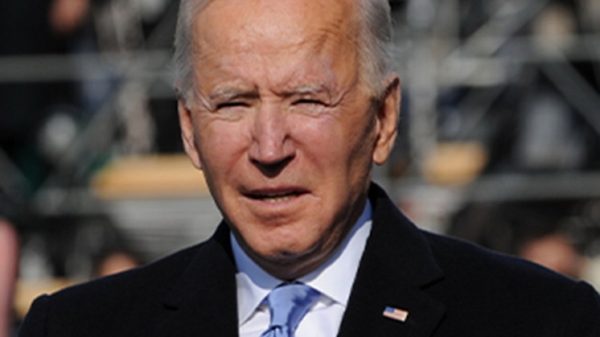





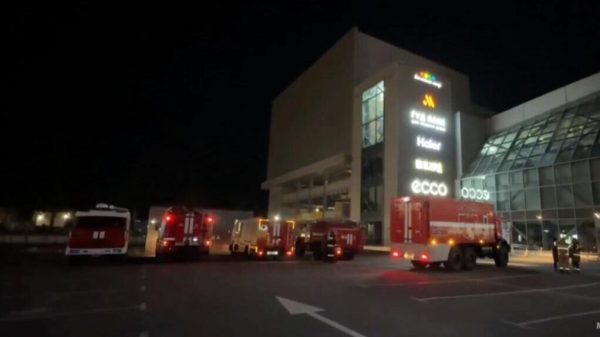
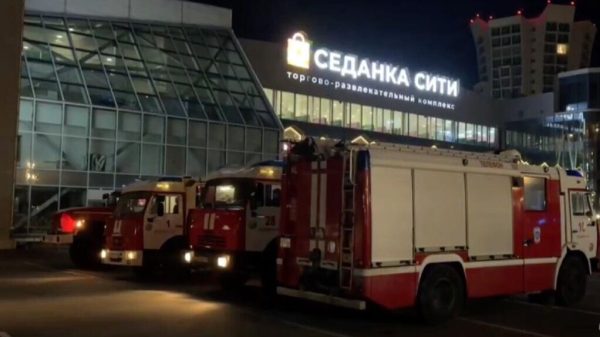
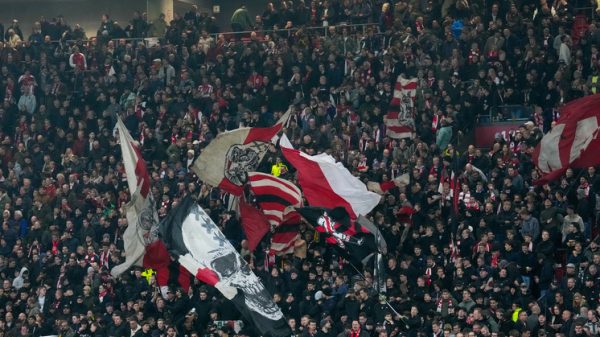
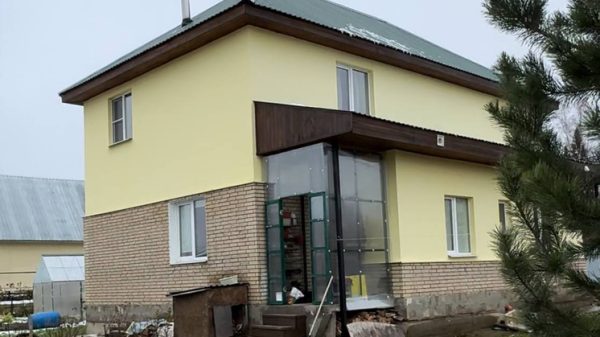

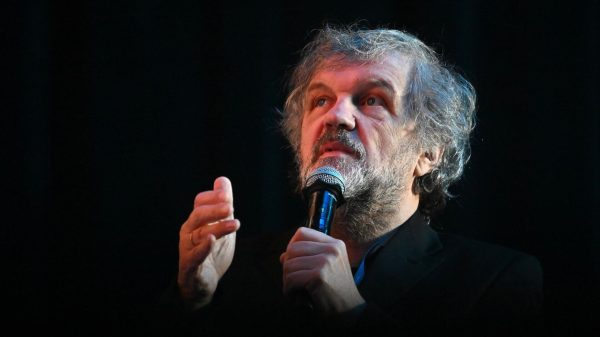
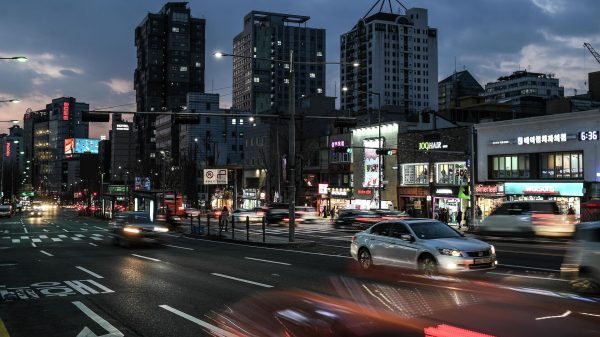




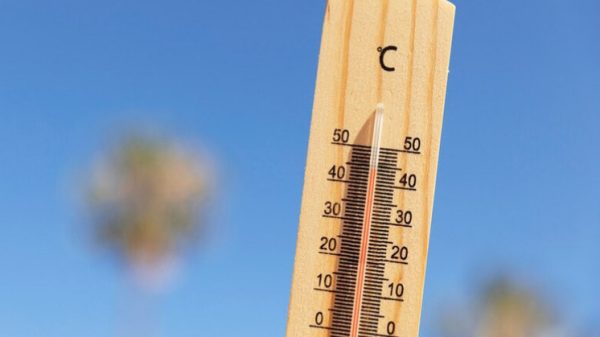
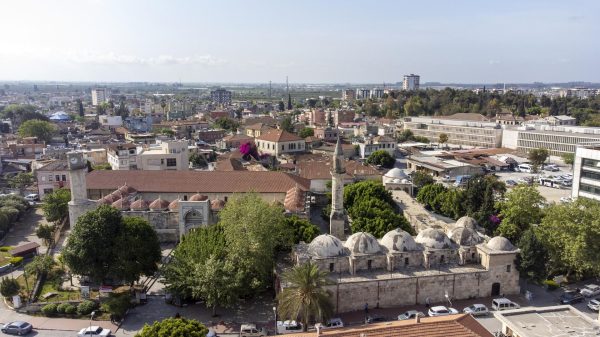

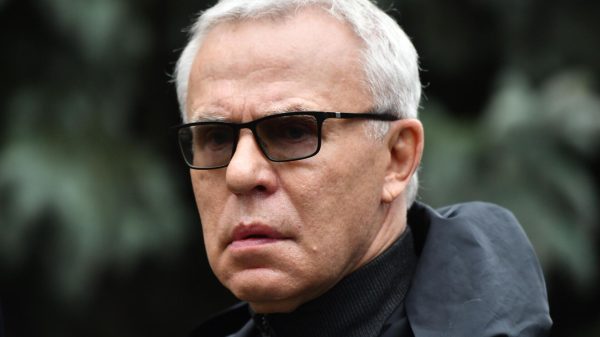



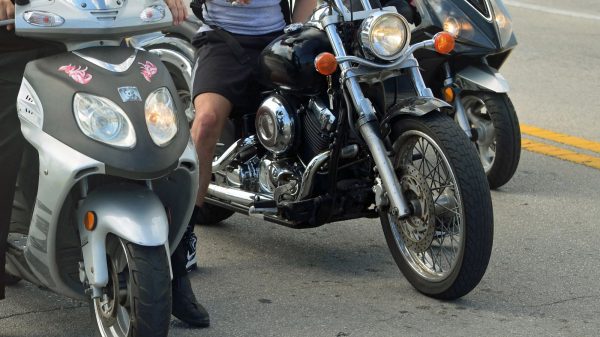





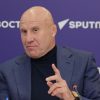








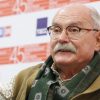

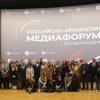




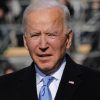


Свежие комментарии